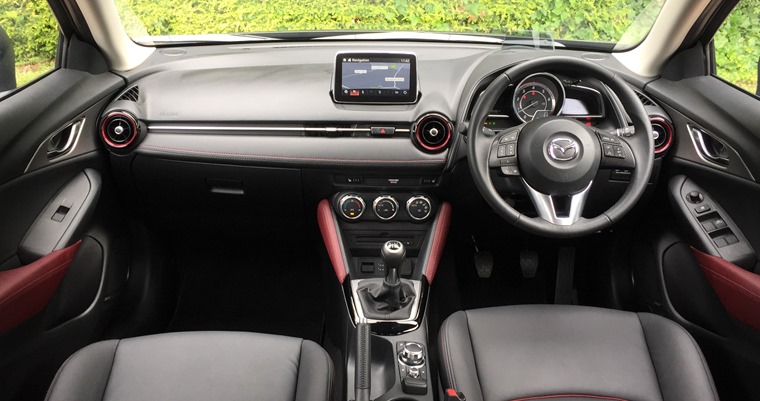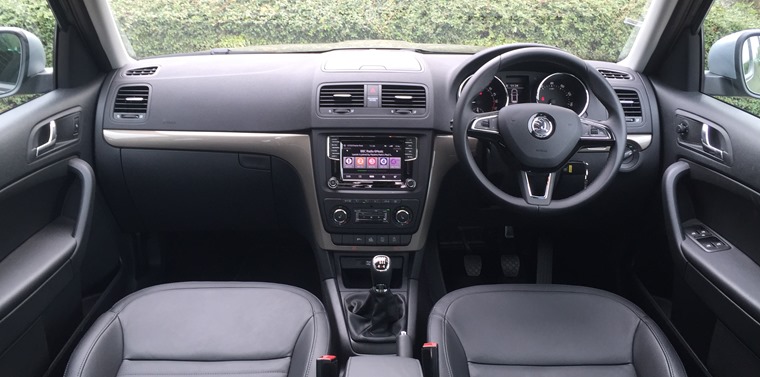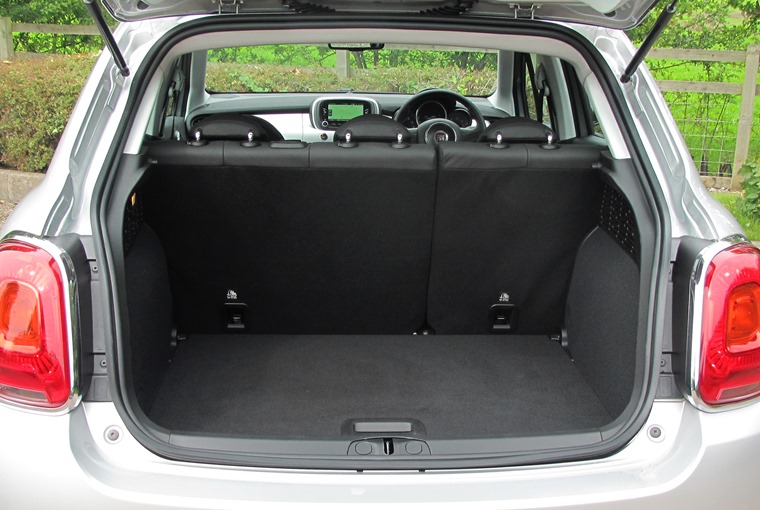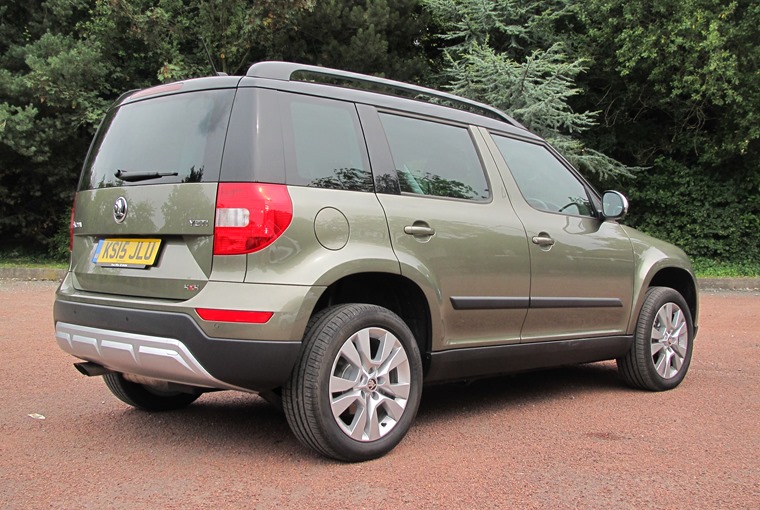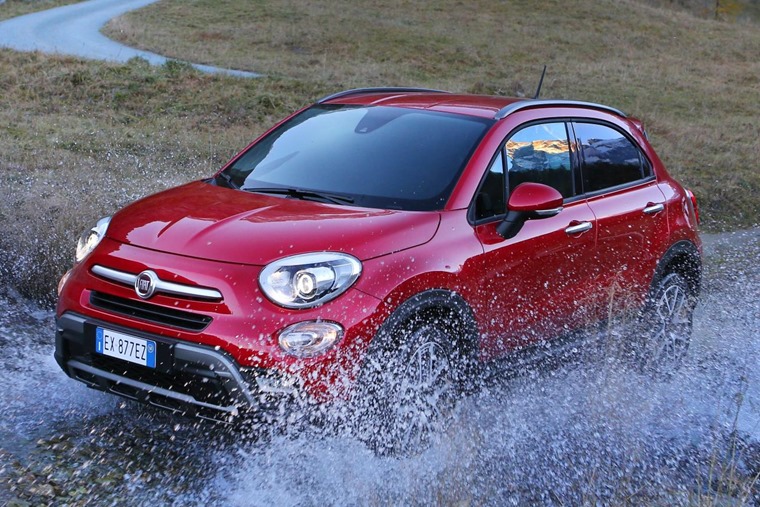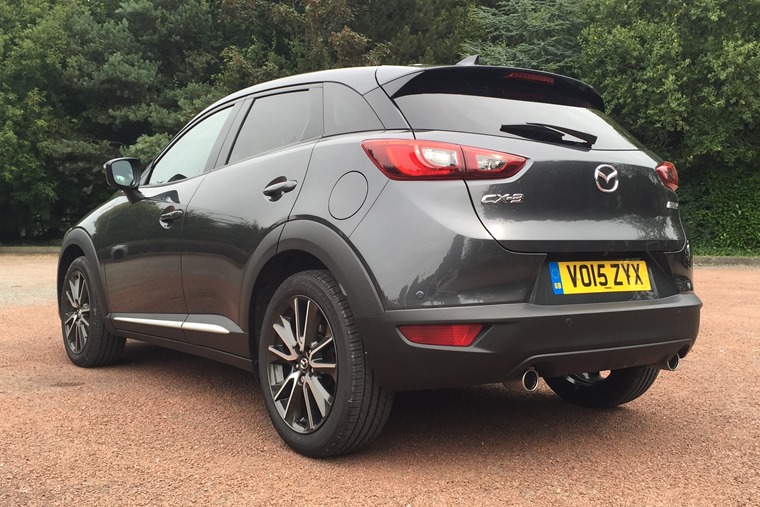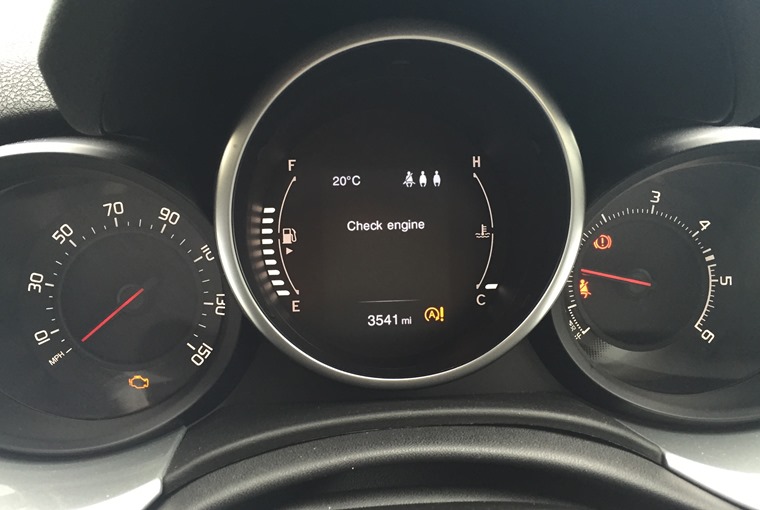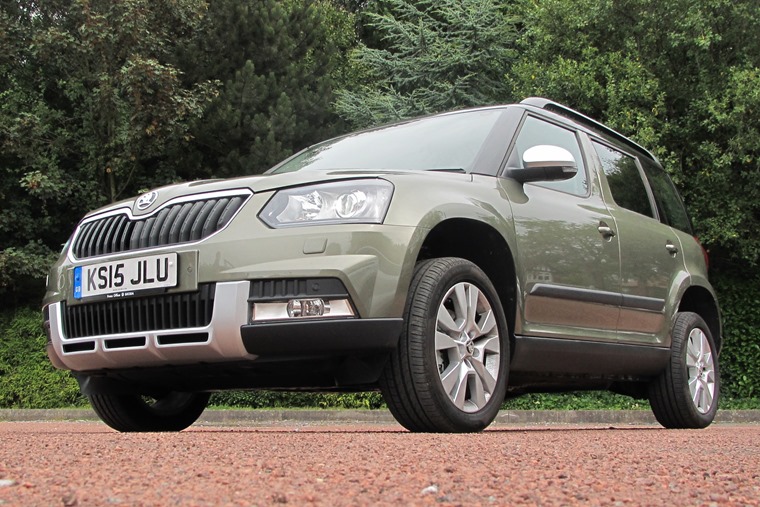Crossover cross test: Mazda CX-3 vs Fiat 500X vs Skoda Yeti
It might look like an eclectic mix of cars we’re putting head-to-head here, but don’t despair, because these three models are the key players in a niche SUV segment sitting above the likes of the Nissan Juke and Ford EcoSport and below the slightly larger Nissan Qashqai and Mazda CX-5.
So which of these halfway house crossover-cum-SUVs is the choice selection?

Take a look at our leasing deals:
Skoda Yeti: Business / Personal
Fiat 500X: Business / Personal
Mazda CX-3: Business / Personal
Exterior
We think the 500X is the best mutation of the 500 on sale, and the lovable supermini’s shape is well-suited to the crossover segment. It’s swollen quite substantially, measuring a full 70cm longer than the hatchback, but it remains unmistakably part of the 500 ‘family’.
Like the 500X, the CX-3 is effectively an oversized version of its maker’s supermini, the Mazda2. It looks less chunky than the Fiat though, retaining the 2’s delicate lines and boasting an only slightly increased ride height.
The Yeti, meanwhile, has a functional, understated design. While its rivals pose, the Yeti passes itself off as an honest-to-God small SUV. There’s no pretence or false splendour, and there’s something to be said for that.

As an artwork though, we have to give the CX-3 the win. It might look like a bit of a pretty boy against the more rugged Yeti and the bulkier 500X, but there’s no doubt it’s sharp-suited.
Interior
As you might expect from the VW Group vehicle, the Yeti is by far the best put together. There are no gaps to lose your fingers in, the plastics are generally of high quality and the infotainment system is wholly competent.
There are problems though. The swathe of body-coloured plastic across the dash, for example, is pretty naff, especially when the colour in question is the metallic manure of our test car.
Other niggles include the fact that lowering the rear centre armrests gives you a ski hatch whether you want it or not, and that the passenger window switch isn’t quite where you’d expect to find it (slightly less of an annoyance, that one).
From just looking at these images, you might think the Mazda has a much more premium cabin, despite the red bits, and while it’s true that the materials used are very good, the build quality is sadly lacking. Entire trim pieces can be shifted with minimal force while various lids and switches feel like they came from a 1981 Lada Niva.
It’s a similar story in the 500X, which continues to pinch styling from the 500. Again, we don’t like the body-coloured dash, but the retro look feels much more suitable in the Fiat than in the Skoda.
Worse than the dash, though, are the seats. They’re too short and the headrests aren’t adjustable enough, meaning anyone over 6ft tall will have the headrest digging in between their shoulder blades. The comfort isn’t helped by the lack of adjustment in the backrests either.
It struggles for space too, and though it’s quite close to the Yeti in terms of external dimensions, it’s much smaller inside. The 354-litre boot, for example, is far smaller than the Skoda’s luggage bay (416 litres, for the stattos out there) and only four litres larger than that of the CX-3.
On the road
Looking at these three cars – all of which are, essentially, jacked-up hatchbacks – you might think they’ll all be dull to drive, but you’d be wrong.
No, they aren’t quite as sharp as their low-slung hatchback equivalents, but they really aren’t that bad.
The CX-3, for example, has the standard Mazda six-speed manual gearbox, which is little short of brilliant, and though the tall suspension does make the car feel a touch woolly when driven quickly, it is as sporty as most customers will wish for.
If you’re looking for something a bit more hooked-up, first impressions of the 500X are promising, but it’s let down by too much lean through the corners and a heavy but not especially direct steering rack.
Of the three, though, the Yeti is the best steer. The steering is a little numb, but it’s better than most of the over-assisted steering systems seen all too often in modern Skodas, while body roll is controlled and the VW Group manual transmission is slick.
All three cars are also unified in another, less appealing way: discomfort. Achieving reasonable handling from such tall cars has resulted in fidgety rides, with each model on test feeling decidedly unsettled over scarred tarmac. The Skoda is probably the most composed of the lot, but even it doesn’t have anything like as supple a ride as, say, a Golf.
Off road and towing
Each and every one of the cars on test here is available with four-wheel drive, but don’t think that’ll turn them into Land Rovers.
The CX-3 doesn’t have the ground clearance to cut it away from the beaten track, but the Yeti and 500X, when specified in their most adventurous four-wheel-drive guises, will tackle a muddy field or a snowy street without complaint.
We wouldn’t recommend towing anything too substantial with these cars – that’s the domain of larger 4x4s – but if you’re set on using one of these to lug a small- or medium-sized trailer, the best bet is the Yeti, which can pull up to 2.1 tonnes in four-wheel-drive, 2.0-litre diesel guises.
Running costs
In terms of monthly lease rates, there’s quite a spread between the three, although that’s probably partly due to the fact that the 500X and CX-3 are new arrivals. The established Yeti is by far the cheapest, with the average diesel model costing businesses about £165 a month on a 6+35 10k lease deal. Personal customers will have to pay about £200 on similar payment profiles.
For about £205 (£331 for personal customers) you can get hold of a 500X, while CX-3s cost around £240 a month for businesses and £285 for personal customers*.
Your pre-conceptions about cars like this might tell you that you’ll struggle to get decent fuel economy, but they’re actually surprisingly frugal.
Predictably, the most parsimonious engines are diesels, with the CX-3 the most economical. Its 1.5-litre diesel engine is officially capable of 70.6mpg and 105g/km CO2 emissions.
Even the Yeti, the least environmentally friendly of the group, can hit 62.8mpg and CO2 emissions of 118g/km are hardly sky-high. Whichever one you go for, then, you’ll be able to find a variant costing peanuts to tax.
Fuel and tax aren’t the only costs you should consider though, because maintenance costs could be an issue too.
Italian cars are renowned for electrical gremlins and, from our experience at least, the 500X fits the stereotype. After just four days in our care, the dashboard lit up like a Christmas tree and the car was taken back to Fiat for investigation. A replacement car was sent, but it too had issues; namely a hit-and-miss infotainment system and fickle central locking.
Of course, if you’re leasing, the car is going to be under warranty and fixing it won’t be expensive, but it’ll be inconvenient. It’s worth thinking about before putting pen to paper.
The verdict
If you’re the kind of person who chooses their next car dispassionately and scientifically, using facts and figures alone, the Yeti’s your best bet. It’s the best all-rounder here, providing good interior space, decent road manners and excellent build quality. Four-wheel-drive versions are reasonable off-road, too.
If, on the other hand, you’re more interested in style and character, the Yeti probably won’t be for you. For all its issues, we quite like the 500X – Fiat has done a good job of transferring the lovable charm of the normal 500 into an SUV – but horrendously uncomfortable seats and inert handling let it down when compared to the CX-3.
*Average leasing prices correct as of 25/08/2015 – based on 6+35, 10k contract hire

